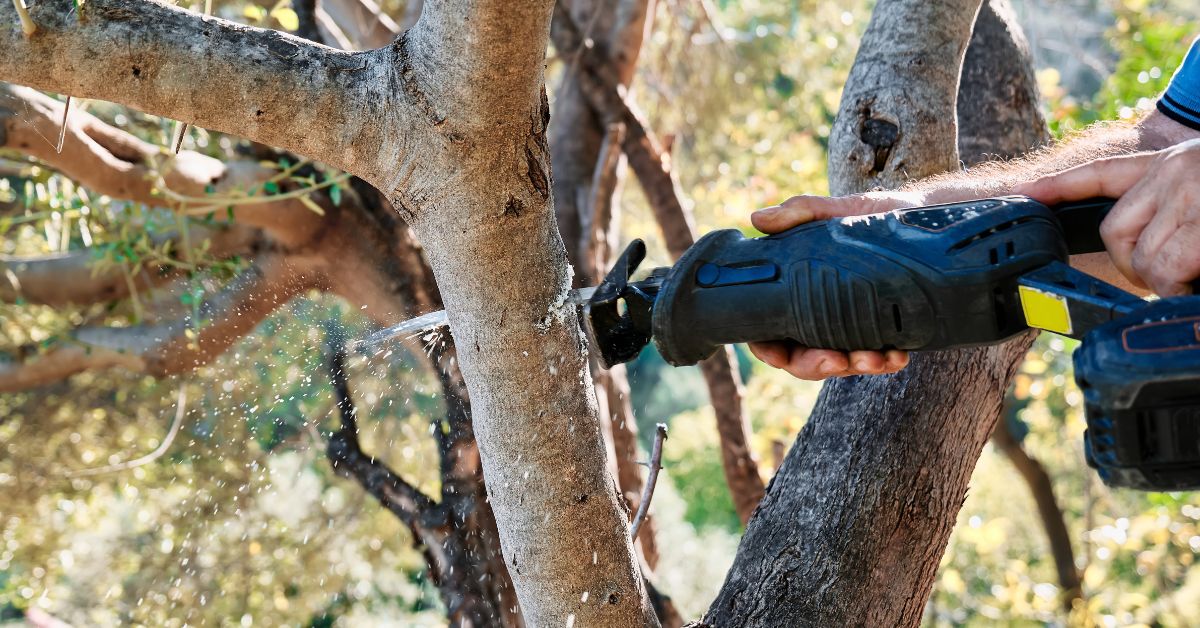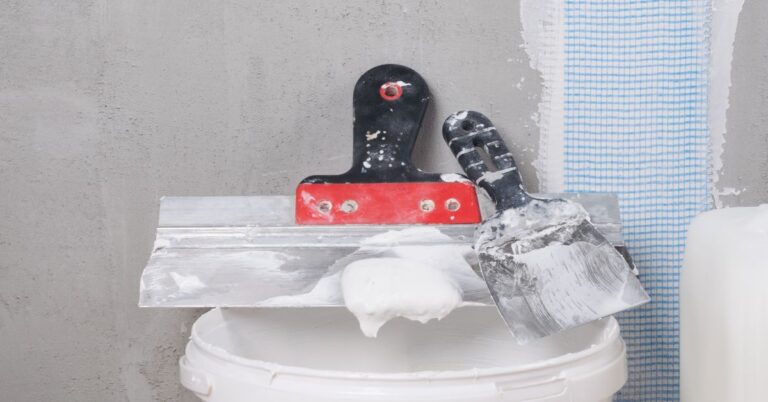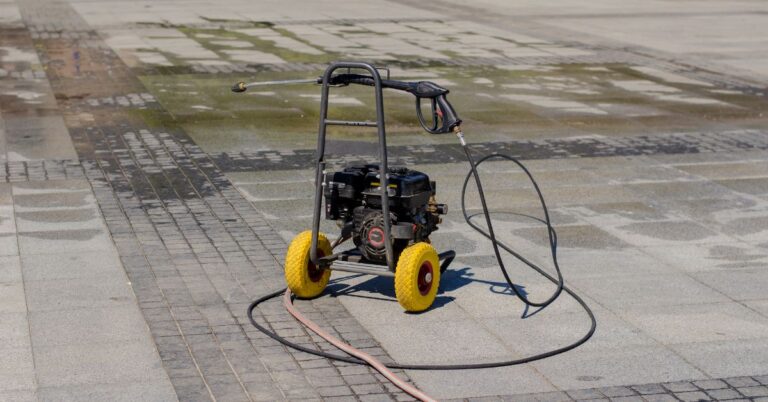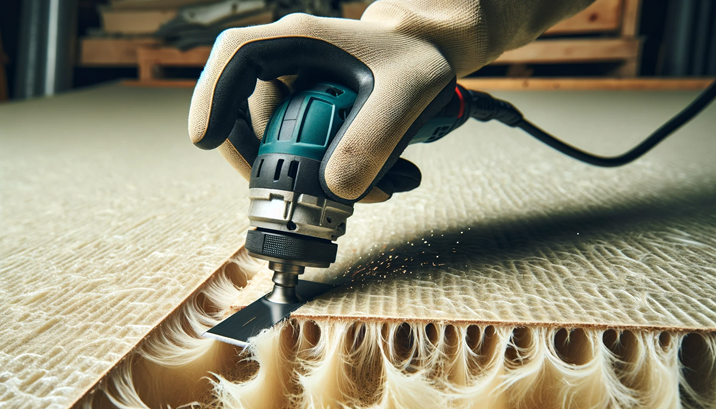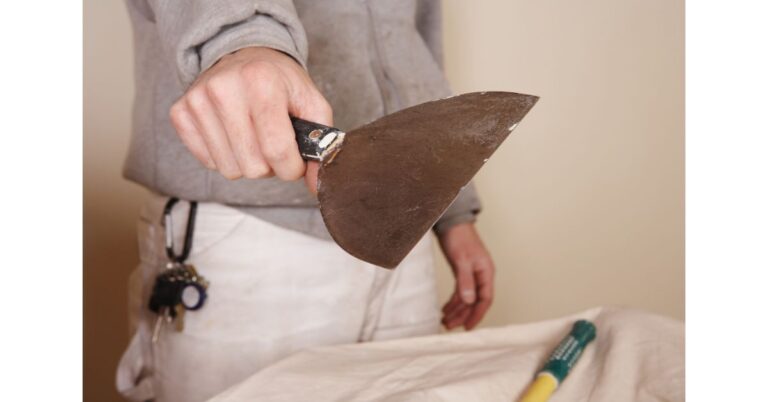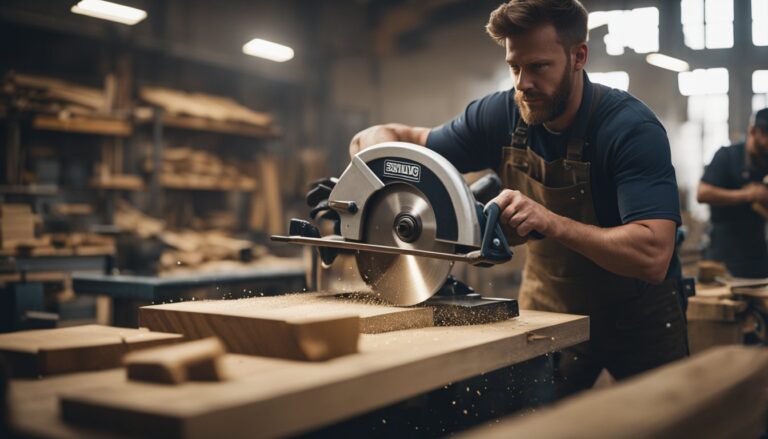Best Reciprocating Saw Blades for Wood: Top Picks 2023
Reciprocating saw blades is essential for various woodworking tasks, from construction and demolition to crafting intricate furniture. Equipping your reciprocating saw with the right blade can significantly impact the efficiency and results of your work. Choosing the best blade for woodcutting is crucial for precise cuts and optimal performance.
Woodcutting reciprocating saw blades are not one-size-fits-all; they vary in teeth per inch (TPI), blade material, and tooth design. Each characteristic contributes to the performance and durability of the blade, enabling clean cuts and smooth finishes. Lower TPI blades cut faster but produce rougher edges, while higher TPI blades create cleaner, more refined cuts – although at a slower pace. Quality blade material, such as high-carbon steel or bi-metal, ensures longevity and minimizes wear and tear.
When selecting the best reciprocating saw blades for wood, consider factors such as the thickness of the material you’re cutting, your desired level of precision, and the speed at which you need to complete the task. These factors, combined with an understanding of blade characteristics, will help guide your decision in finding the right blade for your specific needs.
To help you make an informed decision, we put our expertise to work, evaluating numerous reciprocating saw blades designed for woodcutting. We considered factors like TPI, blade material, tooth design, and overall performance to identify the best choices on the market. In this guide, you’ll find our top-tested candidates that perform exceptionally well and cater to diverse woodworking requirements.
Best Reciprocating Saw Blades for Wood
We have compiled a list of the best reciprocating saw blades for wood, making choosing the perfect one for your woodworking projects easier.
Hanida 9-Inch 5-Pack and 6-Inch 7-Pack Wood Pruning Saw Blades
These Hanida reciprocating saw blades are a fantastic choice for efficient wood cutting, providing durability and versatility at an economical price.
Pros
- Excellent durability with CRV material
- Suitable for various woodcutting applications
- Compatible with various brands of reciprocating saws
Cons
- May experience some gumming up in thicker branches
- Not specifically designed for other materials besides wood
- The pack includes only two sizes (6″ and 9″)
We recently used the Hanida wood pruning saw blades on a tree trimming project, and we’re impressed by the results. The high-quality CRV material ensures these blades can outlast regular HCS blades by more than twice the lifespan. We appreciated the compatibility with popular reciprocating saw brands such as Milwaukee, DeWalt, Bosch, and more, making them an excellent all-around option for woodcutting purposes.
The 6-inch and 9-inch blade sizes are suitable for most projects, allowing us to handle various cutting tasks easily. Whether pruning tree branches or cutting through plastic pipes, these blades make the process much smoother.
However, these blades are mainly designed for woodcutting, so they might not be the best option for cutting other materials. Some users also reported gumming up when cutting through thicker branches, so be prepared for potential maintenance or blade switching during heavy-duty tasks.
We’re delighted with these Hanida wood pruning saw blades and believe they’re a great addition to any woodworker’s toolbox. Their durability, adaptability, and wallet-friendly price make woodcutting tasks more manageable and efficient when using these blades.
Diablo DS0903CP3PUT 9″ Carbide Tipped Prune & Clean Wood Blades
The Diablo DS0903CP3PUT blades are an excellent choice for durable and efficient pruning and clean woodcutting performance.
Pros
- Long-lasting, 50 times stronger cutting life
- Aggressive carbide tooth geometry for faster cuts
- Non-stick coating for smooth, frictionless cutting
Cons
- It may be more expensive than other blade options
- Works best with compatible saws
- Not suitable for cutting metal or other rigid materials
We recently put the Diablo DS0903CP3PUT 9″ Carbide Tipped Prune & Clean Wood Blades to the test, and we were impressed with the results. The aggressive carbide tooth geometry allowed us to make fast cuts in various types of wood, from pruning overgrown shrubs to tackling small tree branches. The large gullets and oversized blade body ensured that chip removal was quick and efficient in even the most extreme cutting applications.
The Perma-Shield non-stick coating was another highlight of these blades. Not only did it prevent gumming, but it also reduced friction, allowing for faster and more effortless cuts. This feature proved especially helpful when cutting through challenging wood scenarios like dense undergrowth. However, it’s worth noting that these blades are explicitly designed for wood cutting and should not be used for cutting metal or other hard materials.
One potential downside of the Diablo DS0903CP3PUT blades is their price, which may be more expensive than other blade options. Considering their long-lasting cutting life and increased productivity, they are worth the investment for those needing efficient pruning and clean woodcutting solutions.
In conclusion, the Diablo DS0903CP3PUT 9″ Carbide Tipped Prune & Clean Wood Blades performed remarkably in our woodcutting projects. With their durable design, fast cutting abilities, and smooth, frictionless operation, we highly recommend them to anyone seeking a reliable pruning and woodcutting solution.
Caliastro 9-Inch Wood Pruning Saw Blades – 5 Pack
The Caliastro 9-Inch Wood Pruning Saw Blades are a top choice for efficient and durable wood cutting and pruning tasks.
Pros
- High-quality carbon steel construction
- Compatible with other significant reciprocating saw brands
- It comes with a sturdy clear plastic storage case
Cons
- Might struggle with larger branches over 3 inches
- Requires frequent cleaning due to sap build-up
- Some users may prefer varying blade lengths in the pack
We recently used the Caliastro 9-Inch Wood Pruning Saw Blades for a few projects around our property, and we have to say – we are impressed. These blades easily cut through tree branches thanks to their high-quality carbon steel construction. On top of that, they were compatible with our DeWalt and Milwaukee reciprocating saws, making them a versatile addition to our toolbox.
While using these saw blades, we also appreciated the durable clear plastic storage case with the pack. Unlike other issues, this one stayed securely closed even when shaken, keeping our blades organized and protected.
However, there were a few drawbacks we noticed during our usage. These blades struggled when cutting through branches larger than 3 inches in diameter, taking longer than expected. Additionally, we found that the blades needed frequent cleaning due to sap build-up, which could slow down the pruning process. Lastly, some users prefer a variety of blade lengths in the pack to accommodate different cutting requirements.
Despite these minor issues, we found the Caliastro 9-Inch Wood Pruning Saw Blades a worthy investment for our pruning needs. Their quality, compatibility, and included storage case makes these blades reliable for anyone looking for efficient woodcutting and pruning solutions.
EZARC Wood Pruning Reciprocating Saw Blade
We highly recommend the EZARC Wood Pruning Reciprocating Saw Blade for its exceptional cutting ability, durability, and versatility.
Pros
- Outstanding pruning ability
- Durable and robust construction
- Versatile application
Cons
- May lose sharpness quickly in challenging conditions
- Some confusion over TPI in different lengths
- Not suitable for heavy-duty cutting tasks
The EZARC Wood Pruning Reciprocating Saw Blades offer superb cutting capacity, making tasks like pruning and cutting wood quicker and smoother. We recently used these blades to remove some tree branches, and the experience was impressive with their advanced alloy and tooth design providing smooth, efficient cuts.
Additionally, the durability of these blades is commendable, thanks to their high-quality heat-treated chrome vanadium steel construction. With such sturdy materials, the EZARC saw blades can last much longer than regular HCS reciprocating saw blades, ensuring consistent performance.
One aspect to note is when using these blades to cut through more challenging materials like tree roots, and the sharpness might decline relatively quickly. However, most wood and pruning applications still provide robust and efficient performance.
We also found some consistency in the TPI (teeth per inch) among different lengths of the blades, which might need clarification. However, this only significantly affects the product’s overall performance in primary applications.
Overall, the EZARC Wood Pruning Reciprocating Saw Blades are an excellent choice for outdoor garden pruning, wood cutting, and plastic pipe cutting. Their universal shank compatibility means they will work with various reciprocating saw brands, making them a versatile and worthwhile addition to your toolset. While they might not be ideal for heavy-duty cutting tasks, they perform exceptionally well for their intended purpose.
EZARC Carbide Reciprocating Saw Blade R1243HM for Hard Wood
If you’re looking for a durable blade to cut through all types of wood effectively, the EZARC Carbide Reciprocating Saw Blade is a solid choice.
Pros
- Long-lasting carbide technology
- Cuts through all wood densities and hardness
- Designed for heavy-duty demolition work
Cons
- Rough cut at high speed
- Bounces at a slow speed
- May lose teeth when cutting metal
We recently used the EZARC Carbide Reciprocating Saw Blade, which lived up to its claims. Its carbide technology provided long-lasting performance and easily cut through various wooden materials, regardless of their density and hardness. This blade is perfect for professionals needing hard saw blades that can withstand the most challenging jobs on a construction site.
One of the standout features we noticed was the individually welded carbide teeth, which provided the flexibility and impact strength required for heavy-duty demolition work. It also has a universal 1/2-inch shank, making it compatible with major sawzall saws, such as Bosch, Milwaukee, Black & Decker, and more.
However, there are a few downsides to consider. When used at slow speeds, the blade tends to bounce a lot, making precise cuts challenging. Additionally, its rough cut at high speed may not be suitable for those seeking smooth finishes. Lastly, some users reported that the blade’s teeth might wear down quickly when cutting through metal.
In conclusion, the EZARC Carbide Reciprocating Saw Blade is a robust and durable option for anyone needing to cut through rigid wooden materials. While it may not be perfect for every job, this blade excels in heavy-duty tasks and showcases impressive performance.
Buying Guide
When choosing the best reciprocating saw blades for wood, there are several factors to consider. In this buying guide, we’ll explore key features and offer tips to help you find the perfect blade for your needs.
Blade Material
The material of the blade determines its durability and cutting performance. Common materials include:
- High-speed steel (HSS): Offers good durability and moderate flexibility. Ideal for cutting wood with nails or embedded metals.
- Bi-metal: Combines HSS with high-carbon steel, providing an excellent balance between durability and flexibility. Suitable for cutting various types of wood.
Tooth Configuration
The tooth configuration impacts the speed and finish of the cut. Consider the following formats:
- Raker (4 or 5 teeth per inch): Fast, aggressive cuts; rougher finishes.
- Progressive (alternating tooth sizes): Versatile for mixed materials and a balance between cutting speed and finish quality.
Blade Length & Width
Selecting the appropriate blade length and width is crucial for efficient cutting:
LengthBest for
6″ Standard cutting depth (2x4s, trim, etc.)
9″ Deeper cuts (4x4s, notching, framing, etc.)
12″ Maximum cutting depth (large lumber or tree limbs)
The width of the blade can impact stability and maneuverability:
- Narrow blades (under 1″): Better for plunging and curved cuts.
- Wider blades (1 inch or more) provide enhanced stability when cutting straight lines and are less prone to bending while being used.
Blade Thickness & TPI (Teeth per Inch)
Blade thickness and TPI play critical roles in cutting performance and finish:
- Thicker blades (0.05″ or more): Provide more outstanding durability; suited for rough, aggressive cuts.
- Thinner blades (0.04 inches or less) offer greater flexibility, making them ideal for achieving precise and neat cuts.
TPIBest for
5-7 Fast, rough cuts in wood
8-12 Smooth, clean cuts in wood
Considering these factors, you can find the best reciprocating saw blade for your woodworking projects. Remember that your specific needs may vary, so take the time to evaluate your requirements and choose a blade that fits your needs.

